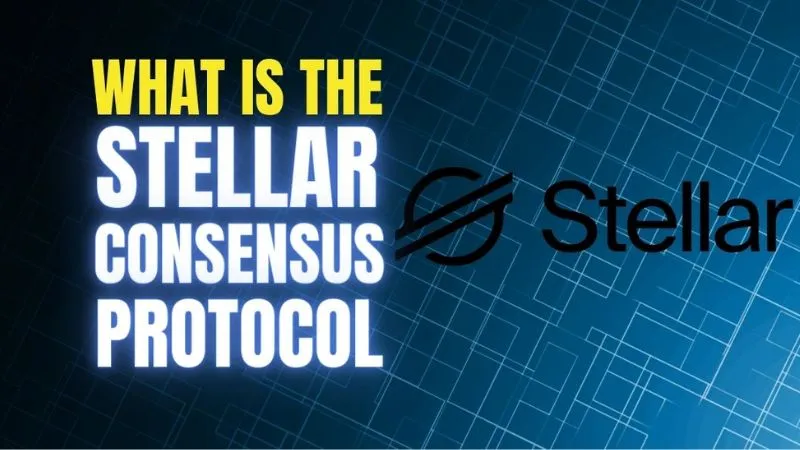
Introduction
The Stellar network is a decentralized platform that facilitates the exchange of digital currencies and other assets. It was created to address some of the shortcomings of traditional financial systems, such as high transaction fees, slow processing times, and limited accessibility. However, achieving consensus in a decentralized network can be challenging, as there is no central authority to verify transactions. This is where the Stellar Consensus Protocol (SCP) comes in. In this article, we will explore the basics of consensus protocols, what SCP is, how it works, and its security features.
The Basics of Consensus Protocols
Consensus refers to the process of agreeing on a shared state or outcome in a decentralized network. This is necessary to prevent double-spending, fraud, or other malicious activities. There are several types of consensus protocols, including Proof of Work (PoW), Proof of Stake (PoS), and Byzantine Fault Tolerance (BFT). However, these protocols have limitations when applied to decentralized networks, such as scalability, energy consumption, and vulnerability to attacks.
What is the Stellar Consensus Protocol?
The Stellar Consensus Protocol (SCP) is a federated Byzantine agreement protocol designed to achieve consensus in a decentralized network, such as the Stellar network. SCP was developed by David Mazières, a professor of computer science at Stanford University and the chief scientist at the Stellar Development Foundation. SCP is different from traditional consensus protocols because it uses quorums, instead of a central authority, to validate transactions.
How Does the Stellar Consensus Protocol Work?
SCP has four main phases: nomination, ballot protocol, ballot resolution, and externalize. In the nomination phase, each node in the network proposes a set of transactions to be included in the next ledger. In the ballot protocol phase, nodes form a quorum slice and exchange messages to determine which transactions to include. In the ballot resolution phase, nodes evaluate the results of the previous phase and try to reach a global agreement. Finally, in the externalize phase, nodes finalize the ledger and broadcast it to the network. SCP uses a threshold of successful quorum slices to validate transactions, ensuring that a minimum number of nodes have reached consensus.
Security and Limitations of the Stellar Consensus Protocol
SCP has several security features, such as federated voting, digital signatures, and quorum intersection. SCP also allows nodes to choose their own quorum slices, which reduces the risk of centralization or collusion. However, SCP is not immune to attacks, such as a Sybil attack, where a single node controls multiple identities. SCP also has limitations, such as the requirement for nodes to remain online and participate in the consensus process.
Conclusion
SCP is a powerful tool for achieving consensus in a decentralized network, such as the Stellar network. SCP uses quorums, instead of a central authority, to validate transactions, which makes it more resilient to attacks and more scalable. SCP also has several security features that ensure the integrity of the network. However, SCP is not perfect and has limitations and potential vulnerabilities. As decentralized networks continue to grow and evolve, the need for consensus protocols, such as SCP, will only become more important.

